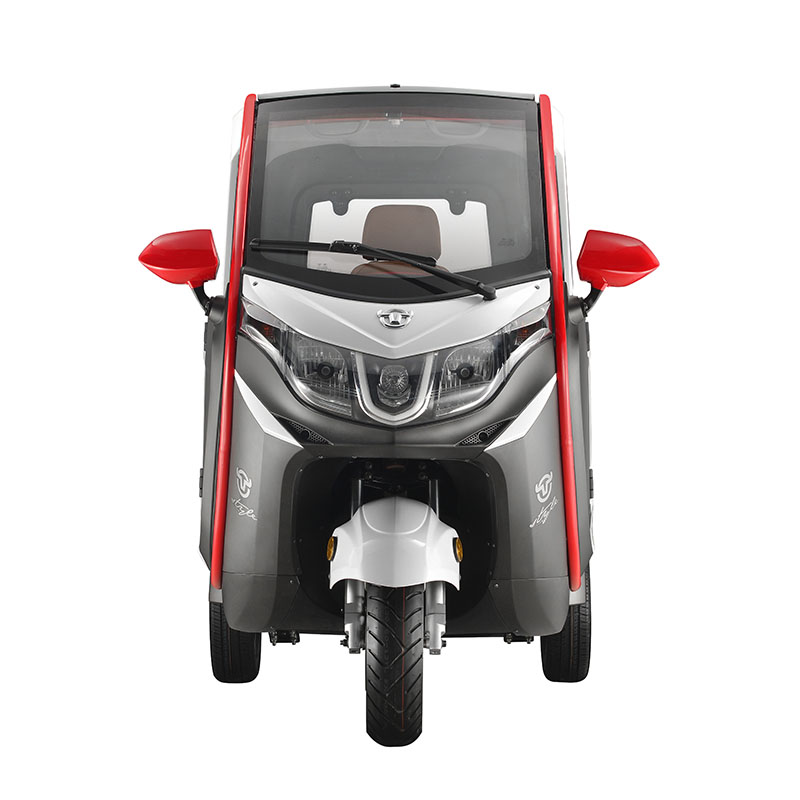Fast charging is all the rage with new electric cars touting faster and faster times to full, but other EVs like ebikes and scooters are often left out of the fun with exceedingly slow charging times. [eprotiva] wanted to change this, so he rigged up a fast charging solution for his cargo bike.
Level 2 electric vehicle chargers typically output power at 7 kW with the idea you will fill up your electric car overnight, but when converted down to 60 V DC for a DJI Agras T10 battery, [eprotiva] is able to charge from 20% to 100% capacity in as little as 7 minutes. He originally picked this setup for maxing the regen capability of the bike, but with the high current capability, he found it had the added bonus of fast charging. Electric Hummer

The setup uses a Tesla (NACS) plug since they are the most plentiful destination charger, but an adapter allows him to also connect to a J1772 Type 1 connector. The EV charging cable is converted to a standard 240 V computer cable which feeds power to a drone charger. This charger can be set to “fast charge” and then feeds into the battery unit. As an added bonus, many chargers that do cost money don’t start charging until after the first five minutes, so the bike is even cheaper to power than you’d expect.
For some reason, you can watch him do this on TikTok too.
If you too want to join the Personal EV Revolution, be sure to checkout how to choose the right battery for your vehicle and a short history of the Segway.
Are the NACS plugs really the most plentiful? Never really seen them as often as J1772 L2 here in Maryland, but who knows nationwide…
Since driving j1772 equipped car, I am impressed with how many chargers are available. Tesla may have a lot but the SAE connector might be 50/50…. some tesla chargers have a j1772 available also.. beta vs vhs might not get a winner…
Came here to write that… J1772 is far more common. However, the NACS is a) smaller, b) better looking and c) more likely to actually be operational so I think he made the right choice. Also, the receptacle is what he is buying, not the plug and with vastly more Teslas being built, it may be more available.
The thing I wonder about is how well those smaller batteries will take fast charging over the long run. Tesla has done a lot of engineering to make sure the batteries aren’t over stressed while charging.
I tihnk it is more geographical
In Europe, they forced everyone (even Tesla) to go CC2. Maybe a little heavy handed, but it’s kinda nice to be able to charge literally everywhere.
And starting this summer, all new chargers installed will have to be able to take a simple credit card. No more of this whole locking-you-in-to-a-network BS.
Soon, getting electrons will be just like filling up gas. Bring it on!
many chargers that do cost money don’t start charging until after the first five minutes
? chargers don’t charge? Ohhhhh, I get it, charging money. I’m a little slow on the comprehension.
i was expecting a video of the bike blowing up in flames.
Yeah, that’s my concern. There’s been a number of e-bike and scooter fires in the UK. I’d imagine most are cheap imports, but it’s hard to know what’s not.
The Reddit is less than helpful. (no video to play, comments not useful) I see: Step 1: Purchase adapter. Step 2: Purchase charger. Step 3: Plug them in. Step 4: Post to Reddit. Step 5: get famous on HaD.
Other than the recognition that you can plug into a power source a device specifically designed to accept power, what am I missing?
> charge from 20% to 100% capacity in as little as 7 minutes.
So he’s supposedly charging his battery at 10c. It’s not going to last very long doing that.
The guy is also claiming to be testing a battery that “charges in 15 seconds, has 1.6 million miles lifetime but most importantly recharges below freezing allowing regen braking on a frozen battery”. Sure, buddy.
So effectively he is using this as a power point by getting the EVSE AC from the wall charger for the bikes DC charger set at fast charge. With maybe something talking to the pilot signal to switch it on when plugged in.
The NACS or J1772 outlet is not a charger. It’s a power outlet with signalling to indicate the max current available from the outlet. The battery charger is in the car.
A 50 kW or higher “rapid charger” is indeed a battery charger. That’s why it’s so big and noisy. That’s not what is being used here.
So this person plugged a regular battery charger into a slightly fancy mains outlet.
Please be kind and respectful to help make the comments section excellent. (Comment Policy)
This site uses Akismet to reduce spam. Learn how your comment data is processed.

Golf Electric Car By using our website and services, you expressly agree to the placement of our performance, functionality and advertising cookies. Learn more